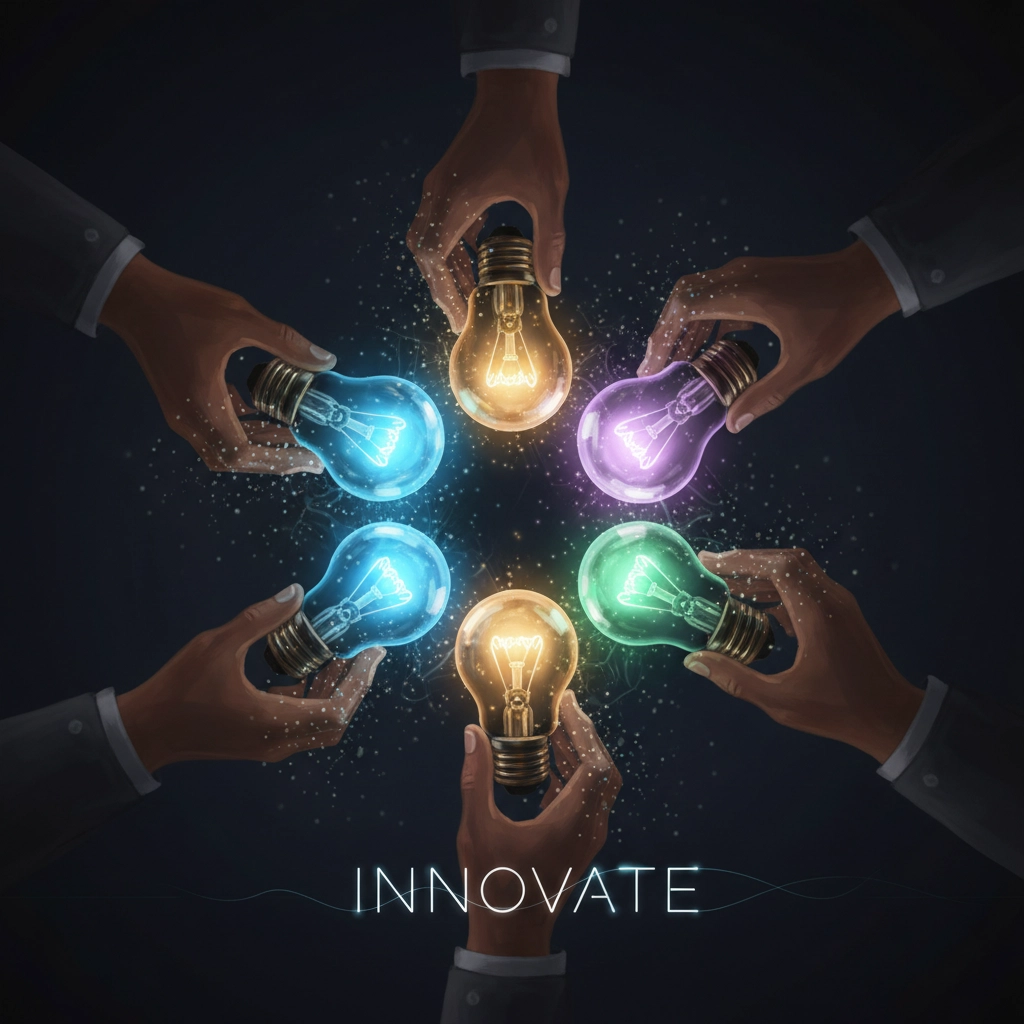You've probably been there. Another leadership crisis hits, and everyone's scrambling for the fastest solution. Fire up a quick training session, send out a company-wide memo, maybe bring in a motivational speaker for the afternoon. Problem solved, right?
Wrong.
These band-aid approaches might stop the bleeding temporarily, but they're not healing the wound. Meanwhile, your team's getting tired of the constant cycle of crisis management, and you're burning through resources without seeing lasting change.
The truth is, sustainable leadership transformation doesn't happen overnight. It requires a completely different approach: one that builds deep organizational resilience instead of just patching holes. Here are seven proven strategies that will help you move beyond quick fixes and create lasting change.
1. Think Systems, Not Symptoms
Most leaders get trapped in linear problem-solving: Problem A needs Solution B. But organizations aren't math equations: they're complex, interconnected systems where changing one thing affects everything else.
Instead of asking "How do I fix this specific issue?" start asking "What underlying systems are creating this pattern?" If your team keeps missing deadlines, don't just implement a new project management tool. Look deeper. Is it a communication problem? Are priorities unclear? Do people lack the skills they need?

Take time to map out how different parts of your organization influence each other. When you understand these connections, you can make changes that ripple through the entire system in positive ways, rather than creating new problems elsewhere.
2. Build Multi-Channel Communication That Actually Works
Here's a harsh reality check: Your monthly all-hands meeting isn't enough. Neither is that quarterly email update you send out. Sustainable transformation requires communication that reaches people where they are, when they're ready to listen, and in ways that make sense to them.
Create what we call a "communication ecosystem": multiple touchpoints that reinforce your message through different channels. Use team meetings, visual displays, one-on-one conversations, digital platforms, and informal interactions. The key is consistency across all channels while adapting the format to the audience.
But here's the part most leaders miss: make it two-way. Set up formal channels for feedback that actually get used. Anonymous surveys, regular check-ins, suggestion boxes that people trust: whatever works for your culture. You can't transform what you don't understand, and you can't understand without listening.
3. Declutter Your Digital Life (Seriously)
This might sound tactical, but it's actually strategic. Digital chaos creates mental chaos, and mental chaos kills the kind of deep thinking that sustainable transformation requires.
Start with a notification audit. Turn off every alert that isn't truly urgent. Organize your digital workspace so you can find what you need without hunting through fifteen browser tabs. Use tools that help you batch similar tasks together instead of bouncing between different types of work all day.

When your digital environment is clean and organized, you free up mental bandwidth for the strategic work that actually moves the needle. It's amazing how much clearer your thinking becomes when you're not constantly interrupted by digital noise.
4. Set Goals That Actually Mean Something
"Increase team performance by 20%" sounds impressive, but what does it actually mean? Sustainable transformation requires goals that are specific, measurable, and connected to real outcomes that matter to your organization and stakeholders.
Instead of vague performance metrics, create frameworks that track both short-term progress and long-term impact. Include environmental, social, and economic considerations: not as separate initiatives, but as integrated parts of how you measure success.
The magic happens when these goals become part of your regular decision-making process. Before making any significant choice, ask: "How does this align with our transformation framework?" This keeps everyone focused on the bigger picture instead of getting lost in day-to-day urgencies.
5. Make Innovation Everyone's Job
Innovation isn't just for the R&D department or the leadership team. The best sustainable transformations happen when everyone in the organization feels empowered to identify problems and suggest solutions.
Create spaces: both physical and temporal: where people can share ideas without fear of judgment. This might be regular brainstorming sessions, innovation challenges, or simply encouraging suggestions during team meetings. The key is showing that you value diverse perspectives and are willing to experiment with ideas from any level of the organization.

But don't just collect ideas: act on them. Nothing kills innovation faster than the perception that suggestions go into a black hole. Even if you can't implement every idea, explain why certain suggestions won't work and how others might be modified.
6. Use Technology to Free Up Human Potential
Here's a counterintuitive truth: the best use of AI and automation isn't to replace human thinking: it's to create more space for the kind of thinking that humans do best.
Use technology to handle routine tasks, data processing, and repetitive communications. This frees up your cognitive capacity for creative problem-solving, relationship building, and strategic planning. The goal isn't efficiency for its own sake; it's creating more opportunities for the high-value work that drives transformation.
Start small. Identify one routine task that takes up significant time each week, then find a technological solution that can handle it with minimal oversight. Use the time you save for something that requires human insight and creativity.
7. Lead Asynchronously When It Makes Sense
Not everything needs a meeting. Not every decision requires immediate input from everyone. Some of the best leadership happens when you give people space to think deeply about problems instead of forcing quick responses in high-pressure situations.
Before scheduling your next meeting, ask: "Could this objective be achieved through a detailed email or a short video explanation?" Many discussions that seem to require real-time interaction actually benefit from asynchronous communication that allows for more thoughtful responses.

This doesn't mean avoiding difficult conversations or important discussions. It means being intentional about when you need immediate interaction and when you'd get better results by giving people time to process and respond thoughtfully.
The Long Game Pays Off
These strategies require patience. They won't solve your immediate crisis or show dramatic results in the next quarter. But they build organizational capacity for ongoing adaptation and resilience: the kind that helps you handle future challenges without constantly scrambling for quick fixes.
The leaders who commit to these deeper approaches position their organizations for long-term success while contributing to broader positive impact. They build teams that can think strategically, adapt quickly, and maintain high performance even when facing unexpected challenges.
Start with one strategy that resonates most with your current situation. Master it, then add another. Sustainable transformation isn't about implementing all seven strategies perfectly from day one: it's about consistently choosing the long-term approach over the quick fix, even when the quick fix seems easier.
Your future self (and your team) will thank you for making this choice.


